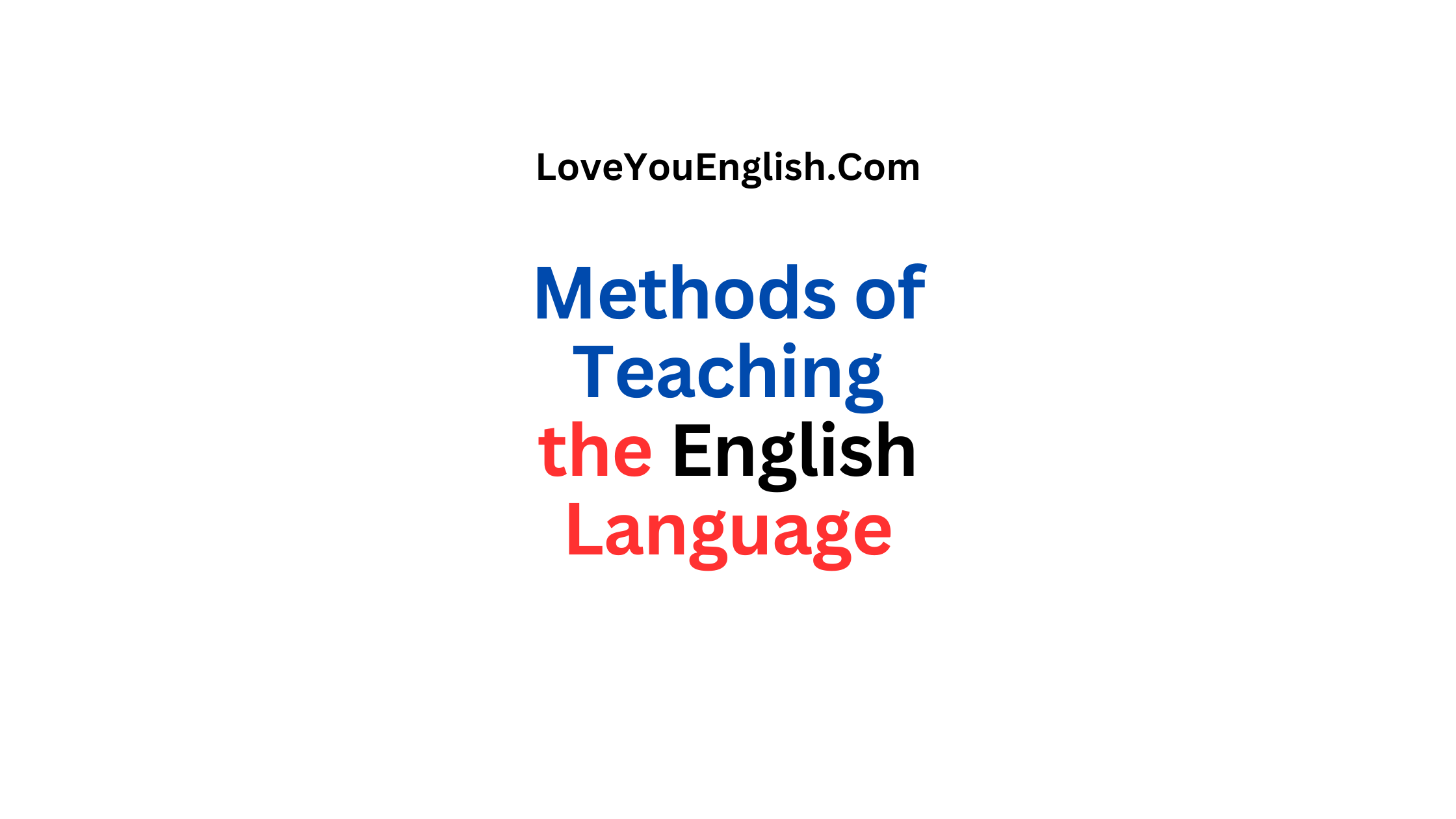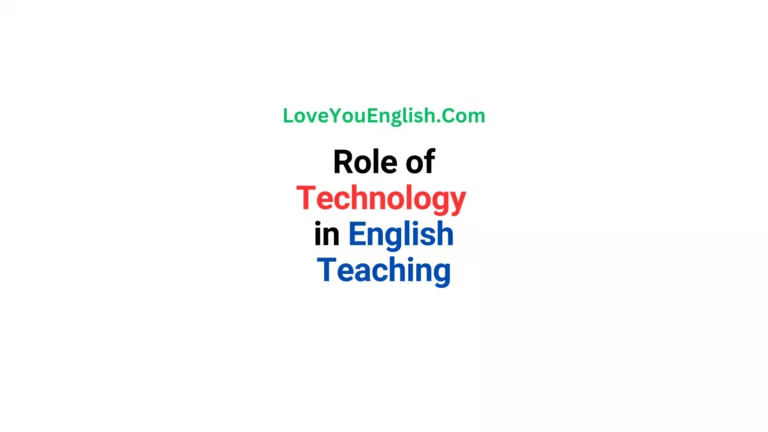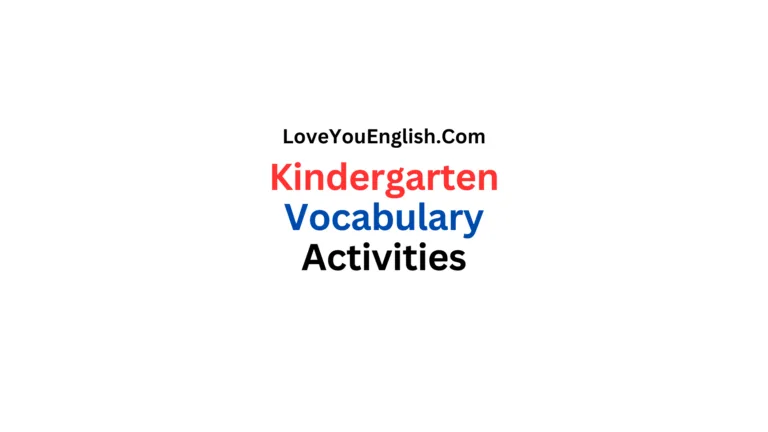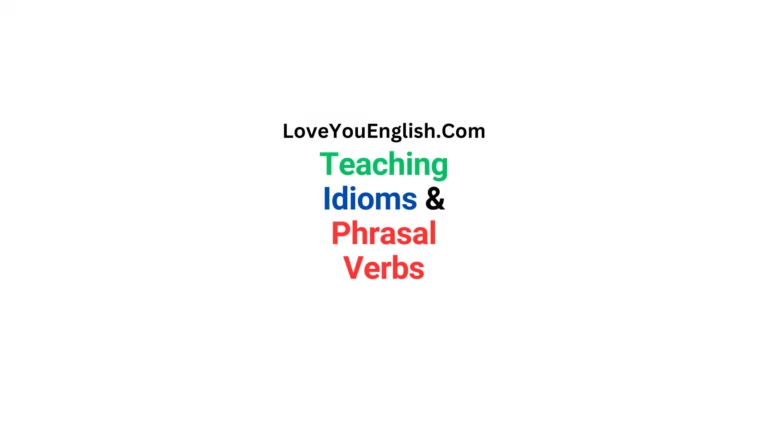Different Methods of Teaching the English Language
Teaching English to people who speak other languages can be really complicated and involves many different methods.
Over time, many ways to teach English have been created, each with its own good and bad points.
In this post, we will look at different ways to teach English, what they are based on, and how they can be used in real classrooms.
The Grammar-Translation Method
The Grammar-Translation Method is one of the oldest ways to teach foreign languages, including English.
It started in the late 1700s and was popular during the 1800s and early 1900s.
Key features:
– Strong focus on grammar rules and how to use them
– Lots of translation exercises
– Reading and writing are more important than speaking and listening
– Teaching is often done in the students’ first language
– Focus on getting things right and using formal language
Even though this method isn’t as popular in many modern classrooms, it can still be useful, especially in schools where students need to improve their reading and writing skills in English for academic reasons.
Advantages:
Builds solid reading and writing abilities
Aids students in grasping complicated grammar rules
Great for learners who like to analyze things
Disadvantages:
Doesn’t emphasize communication skills much
Can be boring and discouraging for some students
Doesn’t prepare students for using the language in real life
The Direct Method
The Direct Method, also called the Natural Method, was created to fix the problems of the Grammar-Translation Method. It became popular in the late 1800s and early 1900s.
Main features:
- Only uses the target language (English) in class
- Focuses on common words and phrases
- Teaches grammar in a way that builds understanding
- Stresses speaking and listening abilities
- Uses demonstrations and visual tools to explain meaning
The Direct Method tries to make learning a language feel more natural, like how kids learn their first language.
Advantages:
- Promotes active use of the target language
- Enhances listening and speaking skills
- Makes learning more fun and interactive
Disadvantages:
- Can be tough for beginners
- Needs teachers who are very skilled and fluent
- Might not cover complex grammar topics well.
The Audio-Lingual Method
The Audio-Lingual Method started during World War II because the U.S. military needed to teach soldiers foreign languages quickly.
It is based on behaviorist ideas about how people learn.
Main features:
– Focus on speaking and listening skills
– Lots of repetitive drills and practice
– Very little use of the students’ first language
– Strong emphasis on correct pronunciation and grammar
– Learning is encouraged through positive feedback
The goal of this method is to help students form automatic language habits by repeating and reinforcing what they learn.
Advantages:
– Great for improving pronunciation
– Helps students understand language patterns
– Good for developing basic conversation skills
Disadvantages:
– Can be boring and make students lose interest
– Doesn’t focus much on real communication
– Might not help with advanced language skills
Communicative Language Teaching (CLT)
Communicative Language Teaching came about in the 1970s and has become a popular way to teach English.
Main features:
– Focus on being able to communicate effectively
– Uses real-life materials and situations
– Centers around the students’ needs
– Combines all four language skills: reading, writing, listening, and speaking
– Stresses the importance of both fluency and accuracy
CLT aims to help students use English well in different situations.
Advantages:
– Prepares students for using language in the real world
– Keeps students engaged with fun activities
– Develops both fluency and accuracy in language use.
Disadvantages:
- It can be tough to use in big classrooms.
- Some students might not get enough grammar lessons.
- It needs a lot of planning and materials.
The Natural Approach
Created by Stephen Krashen and Tracy Terrell during the 1970s and 1980s, the Natural Approach is based on Krashen’s ideas about how people learn a second language.
Main points:
- Focuses on understandable input.
- Allows a silent period for students.
- Puts more importance on learning vocabulary than grammar.
- Creates a low-pressure learning space.
- Gradually helps students move from understanding to using the language.
The Natural Approach tries to mimic how we learn our first language when learning a second one.
Advantages:
- Helps reduce stress for learners.
- Focuses on real communication.
- Supports natural language growth.
Disadvantages:
- Progress might be slow, especially for older learners.
- May not offer enough structured practice.
- Can be hard to use in regular school settings.
- Task-Based Language Teaching (TBLT)
Task-Based Language Teaching is all about using real language through meaningful activities.
Main points:
- Learning revolves around completing real-life tasks.
- Emphasizes meaning over grammar rules.
- Uses real language in context.
- Incorporates all four language skills.
- Encourages students to work independently and together.
TBLT, or Task-Based Language Teaching, is all about getting students to use language in ways that are relevant to real-life situations.
Pros:
– It really grabs students’ attention and keeps them motivated.
– Helps students learn to solve problems and work together.
– Prepares students to use language in the real world.
Cons:
– Creating the right tasks can be tough.
– It might not cover all the language rules systematically.
– Grading can be tricky.
More essays:
- Essay Writing: How I Spent My Summer Vacation
- Essay About Subhash Chandra Bose for Students
- Essay About Rani Laxmi Bai: The Brave Queen of Jhansi
- Essay About Sardar Vallabhbhai Patel: The Iron Man of India
- Essay Writing: Smoking in Public Places Should Be Banned
Content and Language Integrated Learning (CLIL)
CLIL is a method that mixes learning a language with learning other subjects, often seen in bilingual schools.
Key features:
– Focuses on both content and language.
– Uses the target language to teach subjects.
– Combines language learning with subjects like science and history.
– Helps develop skills needed for academic language.
– Encourages thinking and understanding.
CLIL aims to help students learn both the subject matter and the language at the same time.
Pros:
– Gives students a real reason to learn the language.
– Builds skills for academic language.
– Can be very exciting for students.
Cons:
– Teachers need to be good at both the subject and the language.
– It can be hard for students who aren’t as strong in the language.
– Might need a lot of changes to the curriculum.
The Lexical Approach
Created by Michael Lewis in the 1990s, the Lexical Approach focuses on helping students get better with words and phrases.
Key features:
– Concentrates on groups of words instead of just single words.
– Highlights how words go together and common phrases.
– Starts with listening and reading skills.
– Less focus on traditional grammar rules.
– Uses real-life materials.
The Lexical Approach aims to help students speak and write more naturally and fluently.
Pros:
– Helps students use language in a more natural way.
– Focuses on common and useful words and phrases.
– Can lead to quick improvements in speaking skills.
Cons:
– Might not give enough grammar rules.
– Choosing the right words can be tough.
– May not work well for students who like strict rules.
The Silent Way
Created by Caleb Gattegno in the 1960s, the Silent Way is a teaching method that focuses on letting students learn on their own and discover things for themselves.
Key features:
– The teacher talks less, while students talk more.
– Uses colorful rods and charts to help with learning.
– Emphasizes how to pronounce words and understand language structures.
– Encourages students to correct themselves.
– Learning happens through solving problems.
The Silent Way aims to help students become independent and find language patterns on their own.
Pros:
– Promotes active learning and thinking skills.
– Builds strong pronunciation abilities.
– Encourages students to take charge of their own learning.
Cons:
– Some students might find it confusing.
– Progress can be slow, especially at the start.
– Teachers need special training to use this method.
Suggestopedia
Developed by Bulgarian psychotherapist Georgi Lozanov, Suggestopedia (or Desuggestopedia) uses the power of suggestion and relaxation to help people learn languages.
Key features:
– Creates a cozy and relaxed atmosphere for learning.
– Incorporates music and rhythm into lessons.
– Allows students to take on new identities.
– Presents dialogues with expressive intonation.
– Blends art and music into the learning experience.
Suggestopedia is a teaching method that tries to eliminate mental blocks to learning and helps students use their brains to the fullest.
Pros:
– It can create a friendly and relaxed atmosphere for learning.
– It might improve how well students remember things.
– It involves different senses, making learning more interesting.
Cons:
– The scientific support for it is questioned.
– It needs special training and resources to implement.
– It might not work for everyone’s learning style or cultural background.
Total Physical Response (TPR)
Created by James Asher in the 1960s, TPR is a teaching method that combines language learning with physical actions.
Key features:
– Uses commands and actions to teach language.
– Focuses on listening skills before speaking.
– Aims to create a relaxed learning space.
– Includes fun, game-like movements.
– Has a stage where students can take their time before speaking.
TPR makes learning a language more fun and memorable by using movement.
Pros:
– It’s great for students who learn best through movement.
– It creates a fun and relaxed atmosphere for learning.
– It works well for teaching basic vocabulary and commands.
Cons:
– It’s not very effective for teaching complex ideas.
– It can get boring if used too much.
– It might not be suitable for all ages or learning situations.
Dogme Language Teaching
Introduced by Scott Thornbury in the early 2000s, Dogme Language Teaching, or Teaching Unplugged, promotes a teaching style that relies on conversation and minimal materials.
Key features:
– Focuses on language that comes up naturally from students.
– Uses very few textbooks or prepared materials.
– Stresses the importance of talking and interaction.
– Encourages content created by learners.
– Adapts to the needs of the students.
Dogme is all about making language learning more personal and relevant by concentrating on what students really need and are interested in right now.
Pros:
– Very responsive to what learners want and need
– Helps build strong speaking skills
– Promotes independence and involvement in learning
Cons:
– Can be tough for teachers who are not very experienced
– Might not cover all language topics systematically
– May not work well for students who like a more organized approach
Conclusion
In this detailed post, we’ve seen that there are many different ways to teach English.
Each method has its own pros and cons, and a lot of modern teachers mix different methods to fit their teaching style and their students’ needs.
When picking a teaching method, there are several things to think about:
– Learner characteristics: This includes the age, skill level, learning styles, and goals of the students.
– Teaching context: Consider the size of the class, resources available, school requirements, and cultural aspects.
– Learning objectives: Decide if the focus is on general English, academic English, or specific purposes.
– Teacher expertise: Think about how comfortable and familiar the teacher is with different methods.
It’s crucial to understand that no single method works perfectly for every situation.
Good English teaching usually requires a flexible approach that mixes different methods to create a fun and effective learning experience.
Also, as we learn more about how people acquire a second language, new methods and improvements to existing ones will likely come up.
Teachers should keep up with the latest research and best practices, always thinking about how to adapt their teaching to better help their students.
The main aim of any way to teach English should be to help students feel confident and capable when using the language in everyday situations.
When teachers know about the different teaching methods and the ideas behind them, they can choose the best ways to provide engaging and helpful learning experiences for their students.







